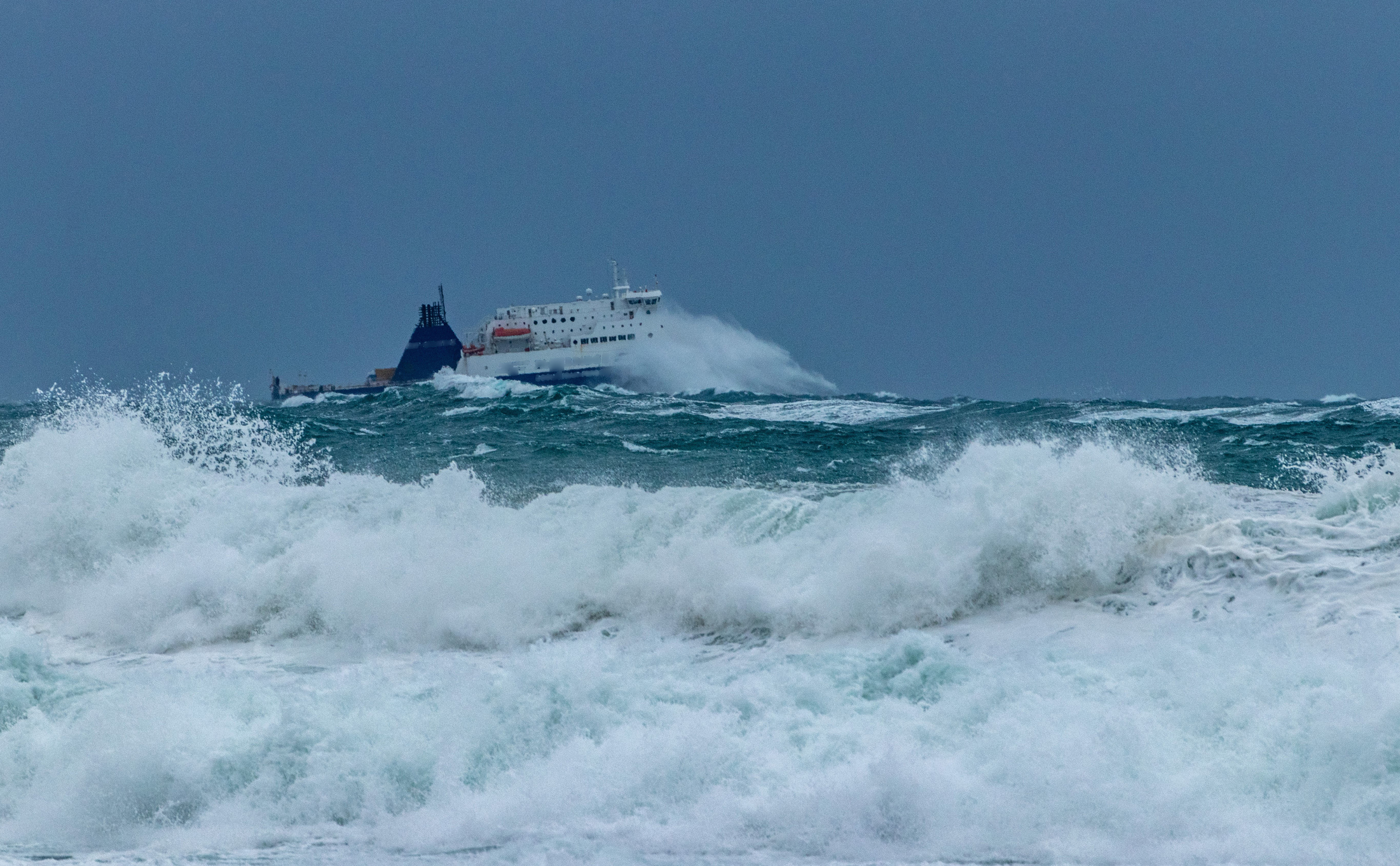Why Washington State Ferries is facing rough seas in the years ahead
It was another rough weekend for the Washington State Ferry System, which of course means a rough weekend for ferry riders. Early on Memorial Day the ferry Kitsap was taken out of service due to a mechanical problem and did not return to service until early afternoon. With service down to a single boat there were long lines and two-hour waits on the run to Whidbey Island. WSF’s problems didn’t end there.
In the San Juan Islands the fully-operational ferry Tilikum remained tied up because WSF didn’t have enough crew members to run it. The Tilikum was out of service for the day and did not return to service until Tuesday evening.To WSF’s credit, when service is interrupted in the San Juans the schedules and routing of the other ferries are often adjusted to minimize the disruption, but on a very busy holiday weekend where system capacity is already stretched thin there is no way to avoid significant inconvenience for customers. In this instance, not only did many sailings run off-schedule it also resulted in some passengers spending the night in their cars at the ferry dock waiting for a ferry that didn’t arrive.
These Memorial Day service interruptions highlight the two fundamental problems WSF now faces. The first is that WSF doesn’t have enough licensed crew to provide all the service shown in the consumer timetable. The second problem is that WSF’s aging fleet doesn’t provide reliable service, both because it is increasingly hard to maintain the old boats and because there are few ferries available to provide relief when one is taken out of service.
State leaders have known of these problems for years. WSF’s 2018-2019 Long Range Plan focused on these looming issues, but COVID mandates and other decisions by State officials and the Governor have exacerbated the situation and led to cutbacks that will persist long after COVID conditions have passed.
The Shortage of Licensed Crew
In 2019 the WSF Long Range Plan noted that “Approximately 75% of WSF’s Masters and Staff Masters will be retirement eligible in the next five years”, and, “…over 53% of Chief Engineers eligible for retirement in the next five years”. In other words, even before the COVID pandemic WSF was fast approaching a retirement cliff. Then, in August 2021, the Governor imposed a vaccination requirement for State employees, saying non-vaccinated employees would be fired. That decision resulted in the dismissal or forced retirement of 132 WSF employees. Since then WSF has not had enough licensed crew to operate all their routes. The service reductions include:
- Vashon-Fauntleroy-Southworth – is operating with two boats rather than three
- Seattle-Bremerton – is down to a single ferry (two hour and twenty minutes wait between sailings)
- Port Townsend-Coupeville
-– has only one ferry during summer rather than two - San Juans-Anacortes – has erratic service and frequent cancellations
- Anacortes-Sidney B.C. – all service was suspended in 2020 due to COVID and has not resumed
In addition, there have been unplanned service interruptions on all routes due to lack of crew. The heavily travelled Edmonds-Kingston route operated for most of 2021 and 2022 with just a single ferry resulting in waits that stretched to three hours. These service cutbacks and interruptions are a major inconvenience for customers and an impediment to cross-sound commerce.
An aging fleet and delays in acquiring new ferries
Average vessel age in WSF’s fleet is a little over 30 years and some ferries have been in service 50 years or more. The Long Range Plan called for retiring five of the oldest ferries and acquiring seven new ferries by 2028. Two of the old ferries have been decommissioned and are on their way to be scrapped, but five years after adoption of the plan WSF has still not added any new ferries. With a fleet that has shrunken to just twenty-one boats WSF doesn’t have enough spares to fill in when ferries are taken out of service for routine maintenance or to cover when there’s a breakdown.
WSF had a contract that allowed the purchase of up to five additional Olympic Class ferries (the newest in the fleet) but in January of 2018 the Governor issued an Executive Order that directed WSF to transition to a zero-emission fleet. So rather than moving ahead with the purchase of diesel-powered ferries that would be in service today, WSF embarked on a program to convert the Olympic Class design to hybrid-electric propulsion.
After more than three years of design work and extensive negotiation WSF was unable to reach agreement with Vigor Industries shipyard on a contract. Meanwhile WSF’s elderly fleet has experienced frequent mechanical failures. It has become apparent the decision to immediately begin the transition to a zero-emission fleet comes at a high cost in terms of much more expensive new ferries, delays in upgrading the fleet, and service interruptions for customers.
Last month the State legislature passed a bill directing WSF to issue a new Request for Proposals and re-open bidding for a contract to acquire up to five hybrid-electric ferries. That is a big step in the right direction, but the first of the new ferries won’t join the fleet until 2027 at the earliest. Meanwhile other ferries are rapidly approaching the end of their service life, so the problem is far from solved. Renewal of the fleet will take more than a decade and the expenditure of several billion dollars. In the meantime WSF will have to spend tens of millions of dollars to keep the old ferries running.
What’s on the horizon?
WSF will not have either the fleet or the crew needed to fully restore reliable service to pre-COVID levels anytime soon. WSF has undertaken a study of the steps needed to rebuild their workforce, but given the difficulty of recruiting qualified employees and the lengthy process needed for crew members to obtain the required licenses for senior positions, it seems likely WSF will be shorthanded for some time to come.
The legislature took an important step in directing WSF to acquire new ferries, but it will take years for the new boats to join the fleet, so breakdowns are likely to continue.
The larger question of whether WSF is on the long-term trajectory needed to provide the service called for in the Long Range Plan and meet growing demand for cross-sound transportation remains to be answered. Washington State has faced this question before. Up until 1951 most of the ferry service on Puget Sound was provided by the Puget Sound Navigation Company, better known as the Black Ball Line. After a strike by ferry workers and the refusal of the State Utilities and Transportation Commission to permit a fare increase, Black Ball suspended service on Puget Sound. In response to public outcry the State took over operation of the Black Ball routes and terminals with the promise that the State Highway Department would do a better job of providing reliable service. When the legislature is considering multi-billion dollar investments in the State Ferry System it may want to re-examine those questions.





